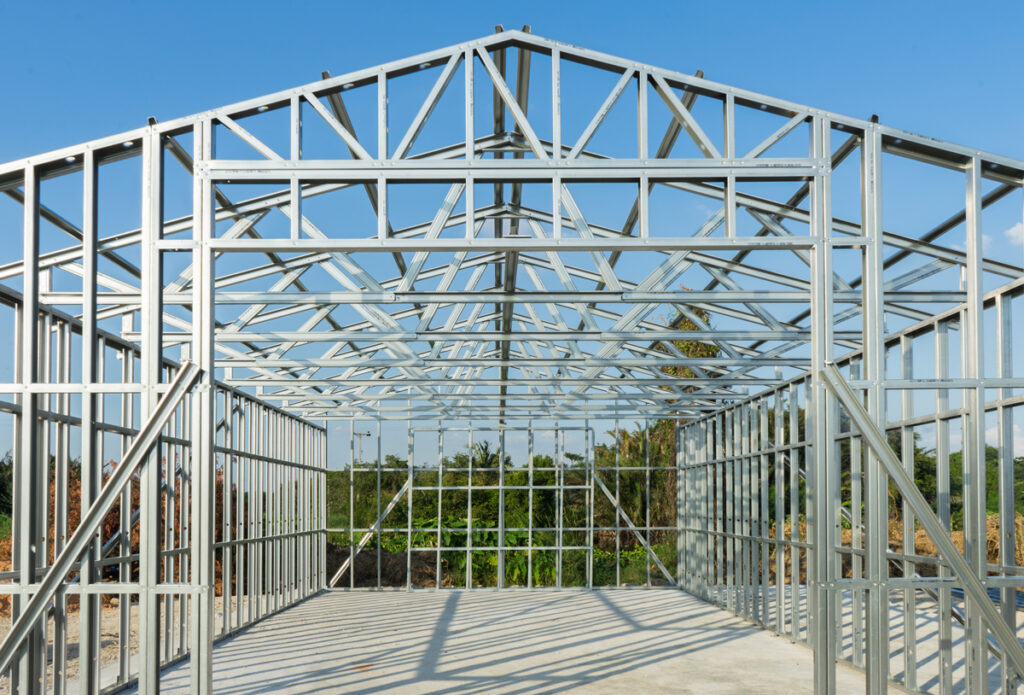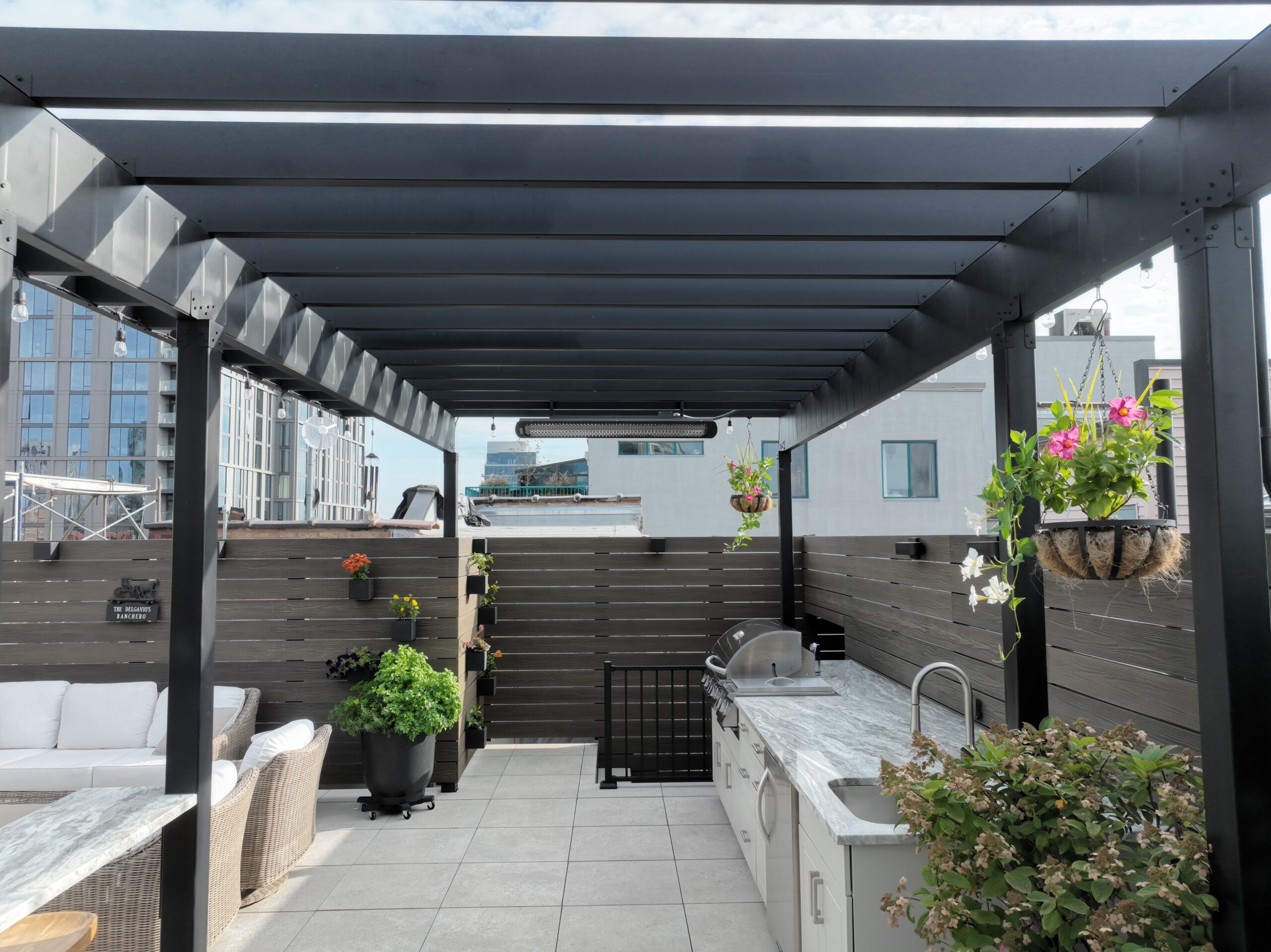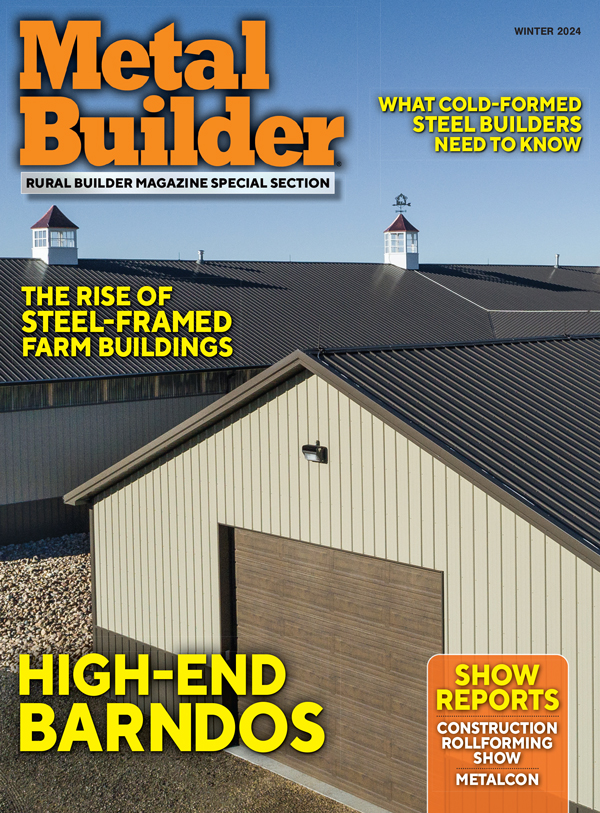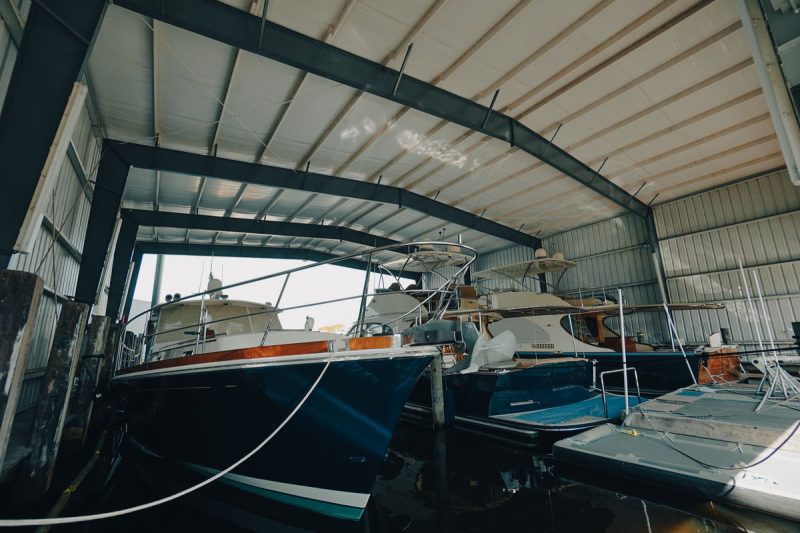As Ag Structure Requirements Evolve, Farmers Are Increasingly Turning From Post-Frame to Steel-Frame
The picture of the American farm is an everchanging one. No doubt you have seen both new and old agricultural buildings on farmsteads. Some are still being used for their original use, while others have been repurposed.
Most of the repurposed and new structures look completely different from the old ones. That’s largely because the requirements for farm buildings have changed and are still changing, maybe faster now than ever. Although some of the new buildings are designed for long-term use, others may be intended to be temporary.
Agricultural buildings have traditionally been post-frame, but they can also be framed in steel. In fact, steel frames are becoming more widely used. The benefits of wood and steel depend on the purpose of the building and its size. In certain cases, steel framing may be a better choice. The choice comes down to a combination of client needs and the relative benefits of wood versus steel construction.
Strength Versus Cost
While steel-frame buildings can cost more initially, they become competitive with wood frames when the building span increases beyond a certain point. My father-in-law, a Kansas contractor with some 50 years’ experience said, “Around 100 feet is where steel starts to get competitive with wood, even though you still can frame that with wood.” Others who sell kit builds for steel buildings suggest that, even at 80 feet, steel may be cheaper than wood framing.

Image courtesy of
Cornerstone Building Brands
Photo courtesty of Jacob Prater
With steel precisely cut and ready to be assembled, less time is needed on the jobsite for fabrication and correcting mistakes.
At those widths, the benefits of the strength of steel start to outweigh the cost increase over wood framing, as the steel outperforms wood at this scale and the per-square foot cost begins decreasing for steel. This scaling issue with wood versus steel often means that the larger the building is, the greater the advantages of framing with steel.
More Open Space
Additionally, the ability to span greater distances with steel is a bonus, along with the increased headspace clearance available with steel framing over wooden trusses. Often, a wood-frame building will require some internal columns and have less vertical open space due to the inherent lower strength of wood compared to steel. Having more open space allows for greater flexibility in the interior design of the building.
The Durability of Steel
Even though steel may cost more to start with, depending on the building size, most people in the industry suggest that the cost difference disappears with the durability and lower maintenance of steel versus wood framing. Another positive point of steel framing over wood, particularly in an agricultural setting, is steel’s resistance to rot, pests, and fire.
Agricultural buildings are usually not air-conditioned spaces and are open to the elements much of the time and so are subjected to moisture and humidity. This is an invitation to fungi that rot wood. Even if the wood is treated, the treatment will eventually fade over the years. Also, pests, such as termites and carpenter ants, can destroy wood framing.
That said, steel is vulnerable to corrosion. With steel, however, there are durable coatings to help prevent corrosion.
Advantages of Off-Site Component Manufacture
Steel framing can require a specific skill set, but there are kits available for certain builds that are nearly bolt-together operations. A little training for the crew or contractor can go a long way toward making skills a nonissue. With a well-trained crew, a steel-frame can go up even faster than a wood-frame.
Also, pre-engineered steel building kits come with the steel components precut off site with very close tolerances. With the steel precisely cut and arriving on site ready to be assembled, less time is needed on the jobsite for fabrication and correcting mistakes. Also, there’s less material waste.
Insulating Steel-Framed Ag Buildings
Steel conducts heat much more than wood, which means it may require more insulation in a residential building. But because most agricultural buildings are machine sheds and livestock buildings and aren’t tightly climate controlled, it’s less of a factor with these buildings. However, it is still a consideration for buildings, or sections of a building, such as an office, that are climate controlled.
Temporary Steel-Framed, Fabric-Covered Buildings
Because machine sheds are such a big part of agricultural building use, and the size and types of equipment are always changing on a farm, it may be prudent for your client to consider a temporary fabric-on-steel building for housing large equipment. Such structures, also known as tension fabric buildings, hoop buildings, or poly buildings, are quite durable and can handle weather well. A bonus is that they can be dismantled and sold when no longer needed, or if the building is to be used long-term, it can be recovered or patched when the fabric wears.
These temporary buildings may fill a needed niche in agricultural buildings with some cost savings over permanent steel-framed structures. Smaller steel-framed buildings (fabric covered or otherwise) may be a good option in agricultural settings as well, due to the potential for some to be dismantled and rebuilt on another site, whether changing hands or not. These simple structures can have a lot of flexibility in the foundation requirements and can provide more options for changing farm needs.
Other Benefits of Steel-Framed Buildings
There are a few more pros for steel-framed construction, including the sustainability of the material (steel is recyclable) and lower insurance premiums due to the better fire rating for a steel-framed building compared to a wooden framed one.
With all variables considered, such as lower maintenance and insurance, and greater longevity and resistance to pests and the elements, a steel-framed building may be the best choice for your clients. Helping them determine the most suitable costs and benefits for them will help you to have a satisfied customer in the long term.
















